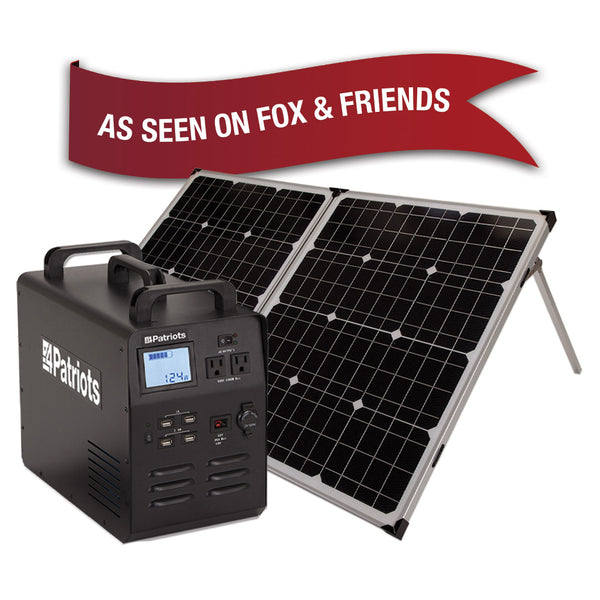While I do enjoy mocking or being snarky, I try to help as well, such as the simple math I gave for Wh to W.
When you need to start a motor, it isn't quite that simple. In the link below I show current waveform to start and run a window air conditioner.
While it is rated 4Arms (500W), starting surge was 21.5Apeak (maybe 15Arms, 1800W) for half a second.
I plan on putting 600w of solar panels on the roof of a small camper. The Panels will be able to tilt so I can get as much power as I can. My main use is to run a 5000 BTU AC tha draws 450w in the summer and a 500w space heater in the winter & a few little items like phones, tablets and led...

diysolarforum.com
Our best-selling portable solar-powered generator includes a solar panel & never needs gas. Perfect for survival situations, off-grid adventures, & blackouts.

4patriots.com
"
- Output - Continuous: 1,800 W
- Output - Peak: 3,048 W
- Storage Capacity: 768 Wh"
Looks like wattage should be sufficient to start and run. Usually can't count on data sheet "Peak" unless they say for now long (needs to be a second, not 30 milliseconds), but continuous matches starting power of my A/C.
What you need is more battery.
500W x 16 hours would be 8000 Wh, if running 100% of the time. Which will vary with temperature. You need an idea of total watt hours over that 16 hour period.
This inverter is $750
NEW from Midnite Solar - the DIY Series off-grid inverter/chargers. Affordable and simple, with excellent surge capability for demanding loads of off-grid cabins or homes.

www.altestore.com
This battery is twice the capacity of Patriot for $1350
SimpliPhi Lithium Ferro Phosphate (LFP) Deep Cycle Batteries are safer than lead acid batteries with a much longer cycle life.

www.altestore.com
This battery 3x for $1000
Experience reliable and powerful energy storage with the SOK 24V 100Ah Battery. It's built to last and packed with features!

www.currentconnected.com
... just to give you an idea. I don't have first-hand experience with any of those models, but others here can make recommendations.

diysolarforum.com

4patriots.com
www.altestore.com
www.altestore.com

www.currentconnected.com


